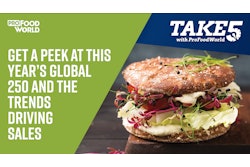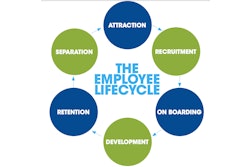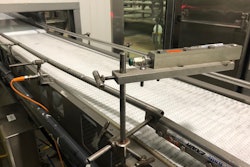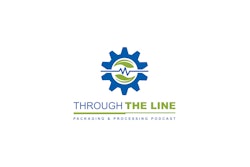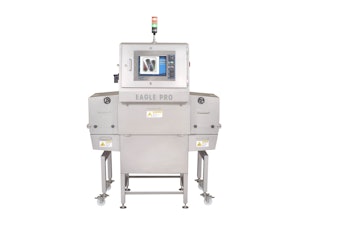Quick hits:
- Kilmer Innovations in Packaging or KiiP is a collaborative effort in the medical device packaging community to foster bold innovation.
- The Kilmer Conference is a prestigious, invitation-only event dedicated to sterility assurance put on by Johnson and Johnson every three years—the next is in 2022.
- There are four different programs within KiiP: The Last 100 Yards, Aseptic Handling, Speeding Things Up, and Sustainability.
- They’re looking for people to participate on a volunteer basis, and there is no cost to join. Visit the KiiP LinkedIn group.
Related to this episode:
- Take Five Video: 6 Sustainability Drivers in Temperature-Controlled Logistics
- Q&A: Non-Profit Launches Sustainable Procurement Guide in Healthcare
- Gain an in-depth look at PMMI's research on automation and hear from experts on industry topics by visiting PMMI's Business Intelligence video library.
 | Read the transcript below: |
Hi, I’m Keren Sookne with Take Five Video with Healthcare Packaging.
Today, we’re talking about Kilmer Innovations in Packaging (or KiiP) and we’re keeping it high level as this is a big topic. If you’re not familiar, this is a collaborative effort in the medical device packaging community to foster bold innovation. Their slogan is “solving wicked problems in healthcare packaging,” and ultimately the idea is that solutions will improve patient safety, and boost the experience of healthcare workers as a byproduct, among other benefits.
For a bit of background: The Kilmer Conference is a conference put on by Johnson and Johnson every three years, the next is in 2022. It’s a prestigious, invitation-only event focused on sterility assurance.
I talked with DuPont’s Jennifer Benolken, and she explained that a group of colleagues sat down at the last Kilmer Conference asked how they could get more people at the next conference who are passionate about packaging. They’ve made a lot happen in the last two and a half years, and it’s now blossomed into this huge group with 250 people in their KIIP group on LinkedIn. There are four different programs within KiiP: The Last 100 Yards, Aseptic Handling, Speeding Things Up, and Sustainability.
Benolken, who leads the last 100 yards group, said that the really wild thing about KiiP’s efforts is they require a major mindset shift for most participants. Generally, in healthcare packaging or manufacturing, there’s a pretty clear target or end state in mind. A group moves carefully through tasks to arrive there, whether it’s updating a standard, implementing a new machine, etc. There are defined processes, workflows, and more.
But this type of innovation is far more nebulous. It requires participants to be open to questions, without a clear goal. It’s far outside of a lot of comfort zones, but it will ultimately lead to important learnings—being able to learn and fail and pivot and find new wins—to push the industry forward.
One key that Benolken highlighted is that there are silos that still need to be broken down. This isn’t just between suppliers, manufacturers and healthcare providers, but often within companies themselves. For example, sterility assurance and packaging groups don’t always speak to each other and typically report to different leaders with different metrics.
So, let’s talk sustainability. One of the key takeaways from their panel at MDM West (which was chock full of great info) was that sustainability is more than just recyclability, and that’s something we’ve talked about in previous videos—including our recent 6 Sustainability Drivers video. There are of course groups like the Healthcare Plastics Recycling Council focused on recycling efforts. As Jenn Goff noted, KiiP is also looking more upstream, at how to engineer waste out of the system before it’s even introduced.
There are so many ways to make sustainable choices, and being really innovative in package design can result in cutting waste as a byproduct. One thing that the panelists touched on is that health systems look at sustainability in purchasing decisions now, offering a competitive advantage for companies who are making and articulating more climate-friendly choices. Kiley Djupstrom discussed that they’ve been in talks with groups like Practice Greenhealth, who released their sustainable procurement guide for health systems last year.
We’ll be covering more about KiiP in an upcoming feature article, so stay tuned. In the meantime, if you’re looking to get involved in KiiP, check out their linked group! They’re looking for people to participate on a volunteer basis, and there is no cost to join.
That’s all for now. See you next time at Take Five Video with Healthcare Packaging!



